Introduction to the characteristics of Orami Cooperatives in the Lekanti producing area of Ethiopia Coffee flavor description
For professional baristas, please follow the coffee workshop (Wechat official account cafe_style)
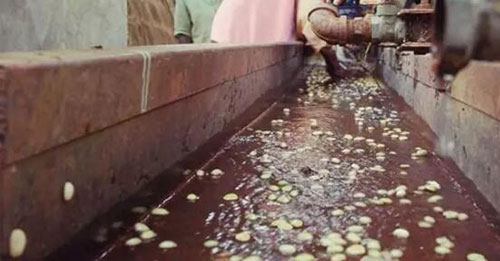
Ethiopian Lekanti-Orami Cooperative Solar Bean
Ethiopia is the country where coffee was first discovered, and it is the most important producing country in terms of coffee quality and output, with an annual output of about 350000 tons. About 15 million people in the country are engaged in this industry, and more than 90% of them are small coffee farmers. a joint cooperative is a window for several to dozens of farmers to work together to facilitate sales.
After 2008, crops produced in Ethiopia, including wheat, corn, sesame and coffee, were fully imported into the ECX Trading system (Ethiopian Commodity Exchange) to replace the existing trading and export methods. For example, coffee farmers or cooperatives send coffee to a centralized warehouse in ECX. Beans of the same grade and the same production areas are mixed and auctioned directly. You don't know which farmers or cooperatives produce it. This practice actually has no effect on the quality, and it is easier to distinguish the quality of coffee by price. It is the intermediate traders who cannot freely track beans from small farms in the past, because crops that do not pass through ECX will be heavily taxed. Nowadays, more than 90% of them are through this trading system, but it is not a good thing for buyers who like a small amount of refined coffee. To this end, Ethiopia began to introduce the DST (Direct Specialty Trade) system, which allows small farmers to sell in name since 2010.
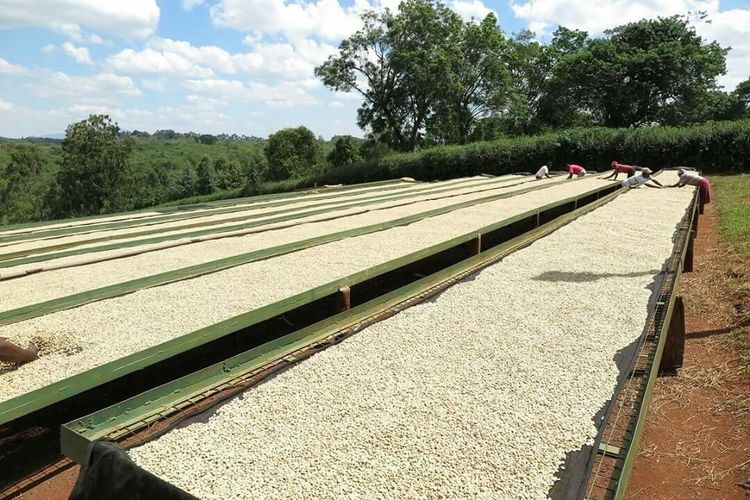
In Ethiopia, sun-dried beans are distinguished by adding 3 and 4 after the name (with a higher quality of 3). After the coffee cherry is harvested, the peel and pulp are dried in the bean drying farm immediately until the coffee is dried to 16% moisture. It is then dried in a dryer to achieve the same moisture content of 11.3%, and then repeated rubbing with parchment or sheepskin to remove the surface mucous membrane, polishing and drying this is the process of sun-dried beans.
Lekempti Leganti, 230km from the Ethiopian capital Addis Ababa, farmers grow no more than 1.5ha. Coffee belongs to the sun method. Coffee is placed directly on compacted soil after harvest. When it is dry, coffee cherries absorb the smell of the land and contain rich sweetness. These primitive coffees are the source of farmers' income.
Property Characteristics: farm characteristics
Name name: Lekempti G4 Lekanti G4
Province: Oromia Olima United Coffee Cooperative
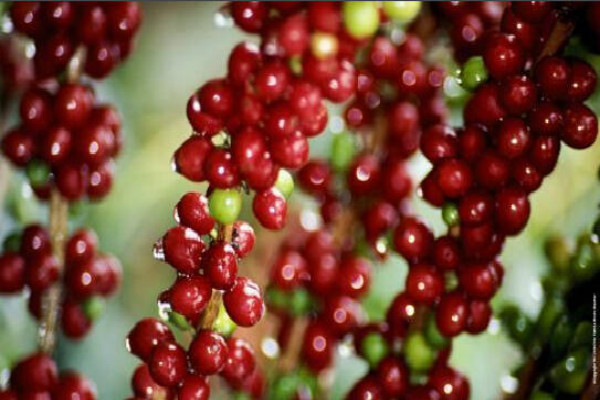
Region producing area: Lekempti Lekanti
Country countries: Ethiopia Ethiopia
Grade level: G4
Altitude:1700- over 1800m
Certification certification: all coffee without certification is non-toxic and organic.
Soil Type soil properties: PH5.2-6.2red brown laterite
Coffee Characteristics: coffee characteristics
Variety variety: heirloom cultivars traditional native species of Yega
Processing System treatment: Dry-Processed sun exposure
Appearance appearance: Longberry rice-shaped 16-18 mesh
Aroma aroma / flavor flavor: Rice, vanilla, wheat, blueberry fermentation, cantaloupe, sugar cane, maple syrup
Sour: citrus, red wine sour, sour and meticulous
The complexity of complex is similar to that of other: high taste complexity, obvious aroma, earthy taste, caramel sweet and rich.
Important Notice :
前街咖啡 FrontStreet Coffee has moved to new addredd:
FrontStreet Coffee Address: 315,Donghua East Road,GuangZhou
Tel:020 38364473
- Prev
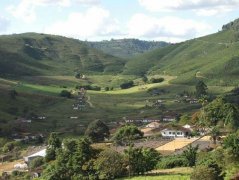
Kenya Karatina factory Karentina processing Plant introduces the characteristics of Farm Coffee
Professional barista communication please follow coffee workshop (Wechat official account cafe_style) Kenya Karatina factory PB Karentina processing plant Multidoor DORMAN was founded in 1950, is the leading brand of quality coffee in Kenya and Tanzania, with its own processing plant, warehouse, and drying field, multi-door companies take sustainable development and ethical procurement as the standard, they only buy
- Next
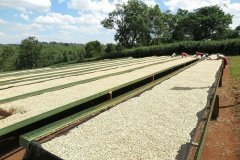
Introduction to the taste of Yega flavor in Ethiopia's Konga Wote Kongawat Sun
For the exchange of professional baristas, please follow the coffee workshop (Wechat official account cafe_style) Ethiopia Yegasuefei-Konga Wote Kongawat G3 sun-dried beans in Ethiopia will add 3 and 4 after the name to make a difference (with 3 better quality). After the coffee cherry is harvested, the peel and pulp will be dried in the bean drying farm immediately until the coffee is dried to 16% moisture.
Related
- Beginners will see the "Coffee pull flower" guide!
- What is the difference between ice blog purified milk and ordinary milk coffee?
- Why is the Philippines the largest producer of crops in Liberia?
- For coffee extraction, should the fine powder be retained?
- How does extracted espresso fill pressed powder? How much strength does it take to press the powder?
- How to make jasmine cold extract coffee? Is the jasmine + latte good?
- Will this little toy really make the coffee taste better? How does Lily Drip affect coffee extraction?
- Will the action of slapping the filter cup also affect coffee extraction?
- What's the difference between powder-to-water ratio and powder-to-liquid ratio?
- What is the Ethiopian local species? What does it have to do with Heirloom native species?

